
Structure lysosomes infographics Royalty Free Vector Image
Vesicles and Vacuoles. Vesicles and vacuoles are membrane-bound sacs that function in storage and transport. Vacuoles are somewhat larger than vesicles, and the membrane of a vacuole does not fuse with the membranes of other cellular components. Vesicles can fuse with other membranes within the cell system ( Figure 5.11.1 5.11. 1 ).

Lysosome Description, Formation, & Function Cells activity, Plant cell model, What is cell
Lysosomes: Structure, Forms, Functions and Other Details (With Diagram) Article Shared by ADVERTISEMENTS: The existence of lysosomes was subtly suggested for the first time in the early 1950s by a series of experiments carried out by Nobel Prize Laureate Christian de Duve and his co-workers.
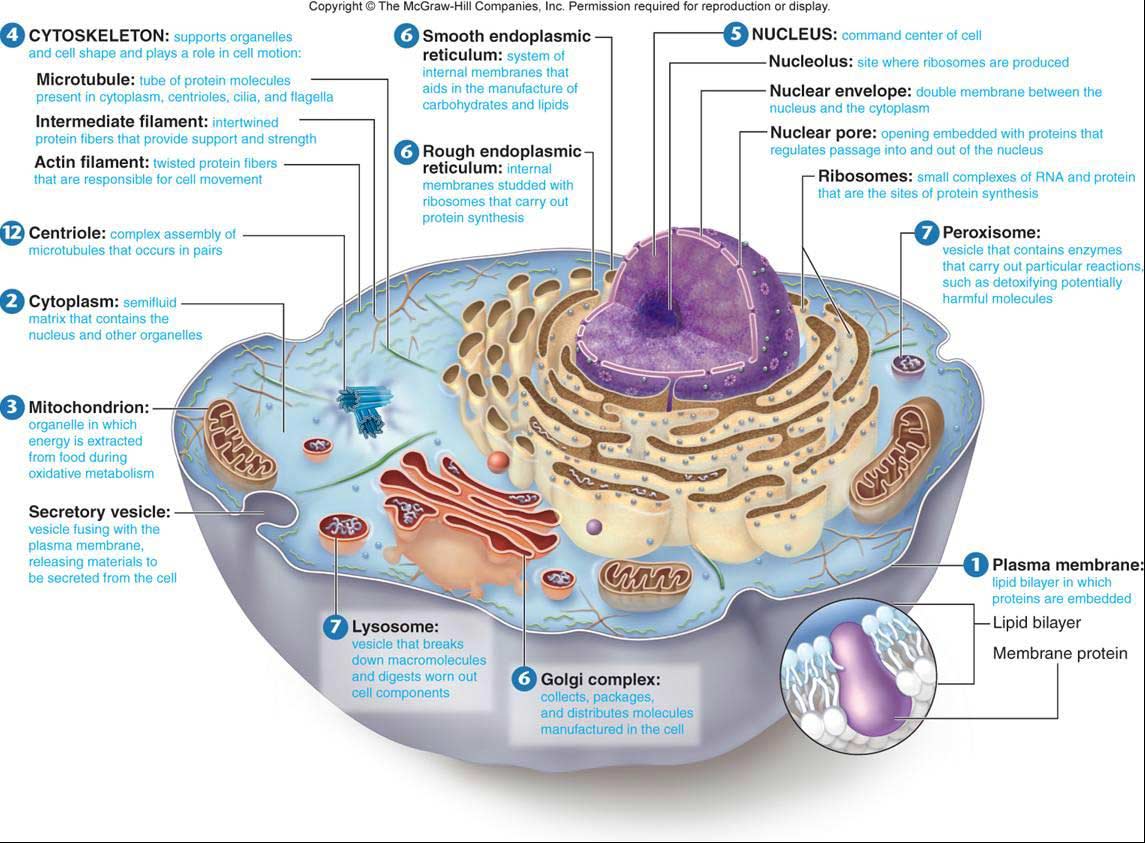
Useful Notes on the Four Kinds of Lysosomes Biology
Lysosomes are specialized vesicles within cells that digest large molecules through the use of hydrolytic enzymes. Vesicles are small spheres of fluid surrounded by a lipid bilayer membrane, and they have roles in transporting molecules within the cell. Lysosomes are only found in animal cells; a human cell contains around 300 of them.

STRUCTURE AND FUNCTIONS OF LYSOSOMES
Quick look: Lysosomes are membrane bounded organelles found in animal and plant cells. They vary in shape, size and number per cell and appear to operate with slight differences in cells of yeast, higher plants and mammals. Lysosomes contribute to a dismantling and re-cycling facility.
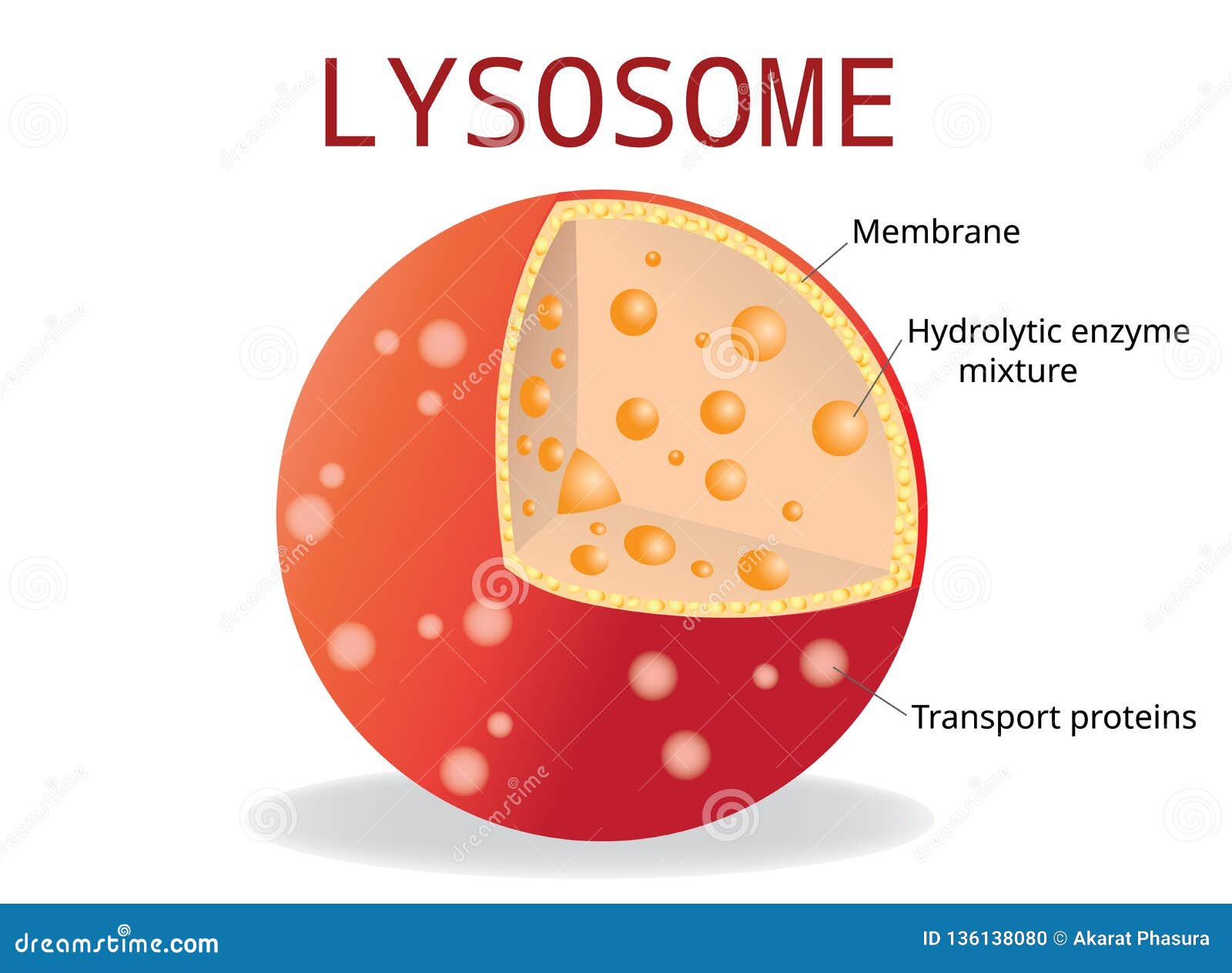
Plant Cell Lysosome Is What Are Lysosomes and How Are They Formed? / Cell membrane is the
By Bert Markgraf Lysosomes are small cell organelles in nucleus-bearing or eukaryotic cells. They are located in the cytosol of the cells, floating freely within the cells outside the nucleus. They have a simple structure made up of an outer lysosomal membrane surrounding an acidic interior fluid.

Diagram of Lysosomes and Types Biology Brain
1) The lysosome is contained by a phospholipid membrane. Why is this membrane important? What would be the effect on the cell if the membrane was broken down? 2) Research at least two types of.
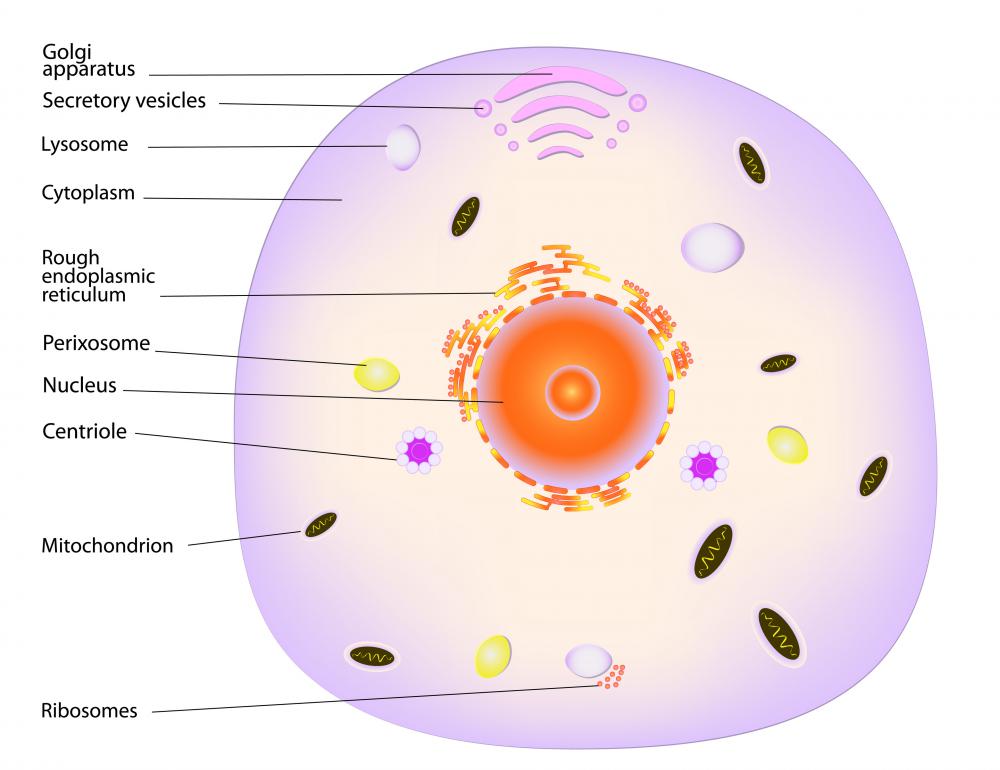
What is a Lysosome? (with pictures)
Home Cell Biology Lysosomes: Definition, Structure, Functions Animesh Sahoo November 12, 2021 Lysosomes are tiny vascular membrane-bound vesicles involved in intracellular digestion. They contain a variety of hydrolytic enzymes that remain active under acidic conditions. Greek words " Lysis = digestive or break down, and soma = body ".
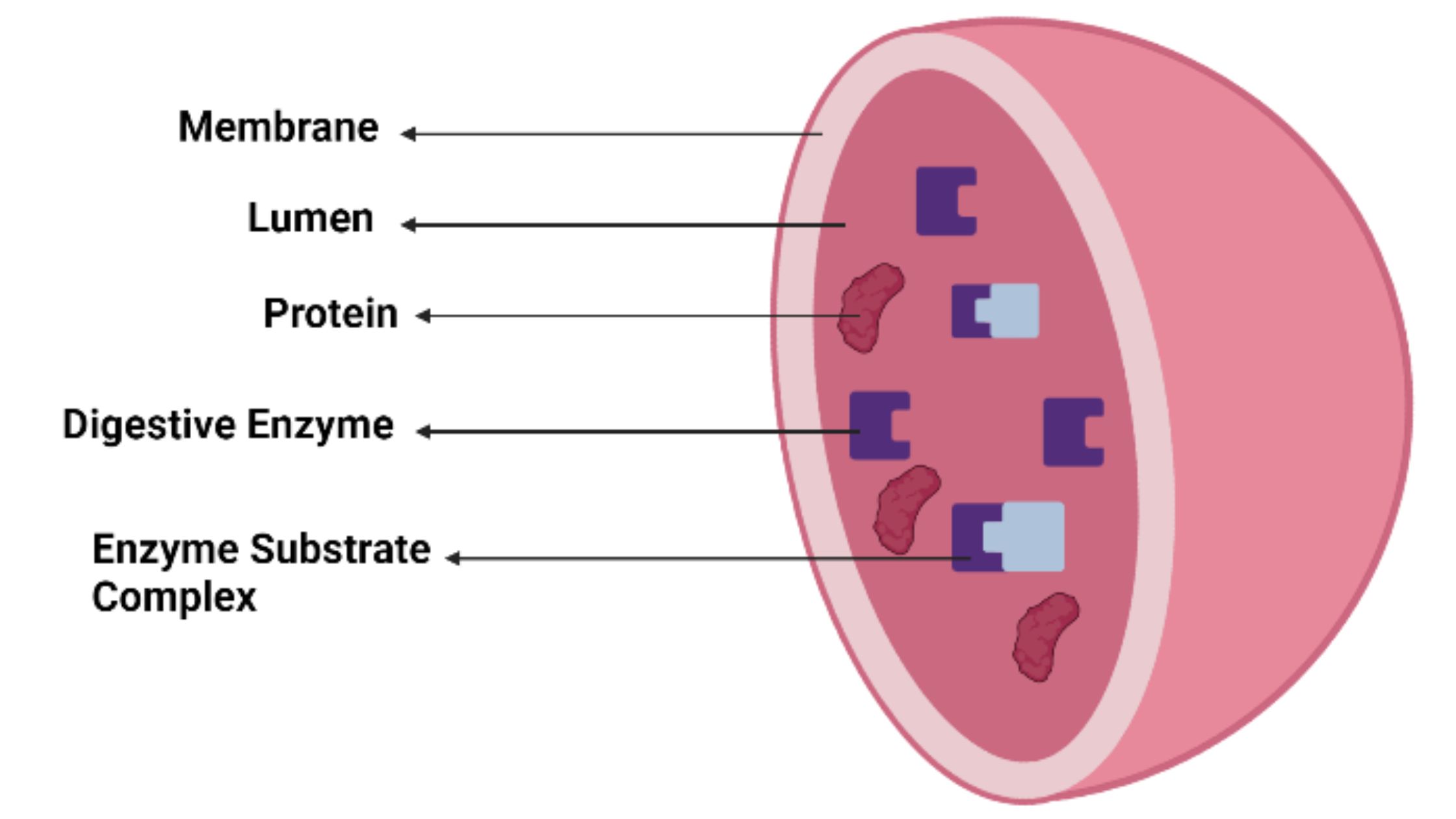
Lysosomes Definition, Structure, Formation, Functions, Types and Diagram
Electron micrograph of lysosomes and mitochondria in a mammalian cell. Lysosomes are indicated by arrows. (Visuals Unlimited/K. G. Murti.) Go to: Lysosomal Acid Hydrolases Lysosomes contain about 50 different degradative enzymes that can hydrolyze proteins, DNA, RNA, polysaccharides, and lipids.

General structure and properties of lysosomes. Lysosome lipid bilayer... Download Scientific
Lysosomes Diagram Table of Contents Structure of Lysosomes Lysosomal Enzymes Lysosomal Membrane Types of Lysosomes A. Primary Lysosomes B. Heterophagosomes C. Autophagosomes D. Residual Bodies Functions of Lysosomes Presence of Lysosomes Presence of Lysosomes in the Animal tissue Presence of lysosome in the Protozoa Presence of lysosome in Plants

Structure and function lysosomes infographics Vector Image
Key points: All cells have a cell membrane that separates the inside and the outside of the cell, and controls what goes in and comes out. The cell membrane surrounds a cell's cytoplasm, which is a jelly-like substance containing the cell's parts. Cells contain parts called organelles. Each organelle carries out a specific function in the cell.

The structure of lysosomes Infographics Royalty Free Vector
The endomembrane system ( endo - = "within") is a group of membranes and organelles in eukaryotic cells that works together to modify, package, and transport lipids and proteins.
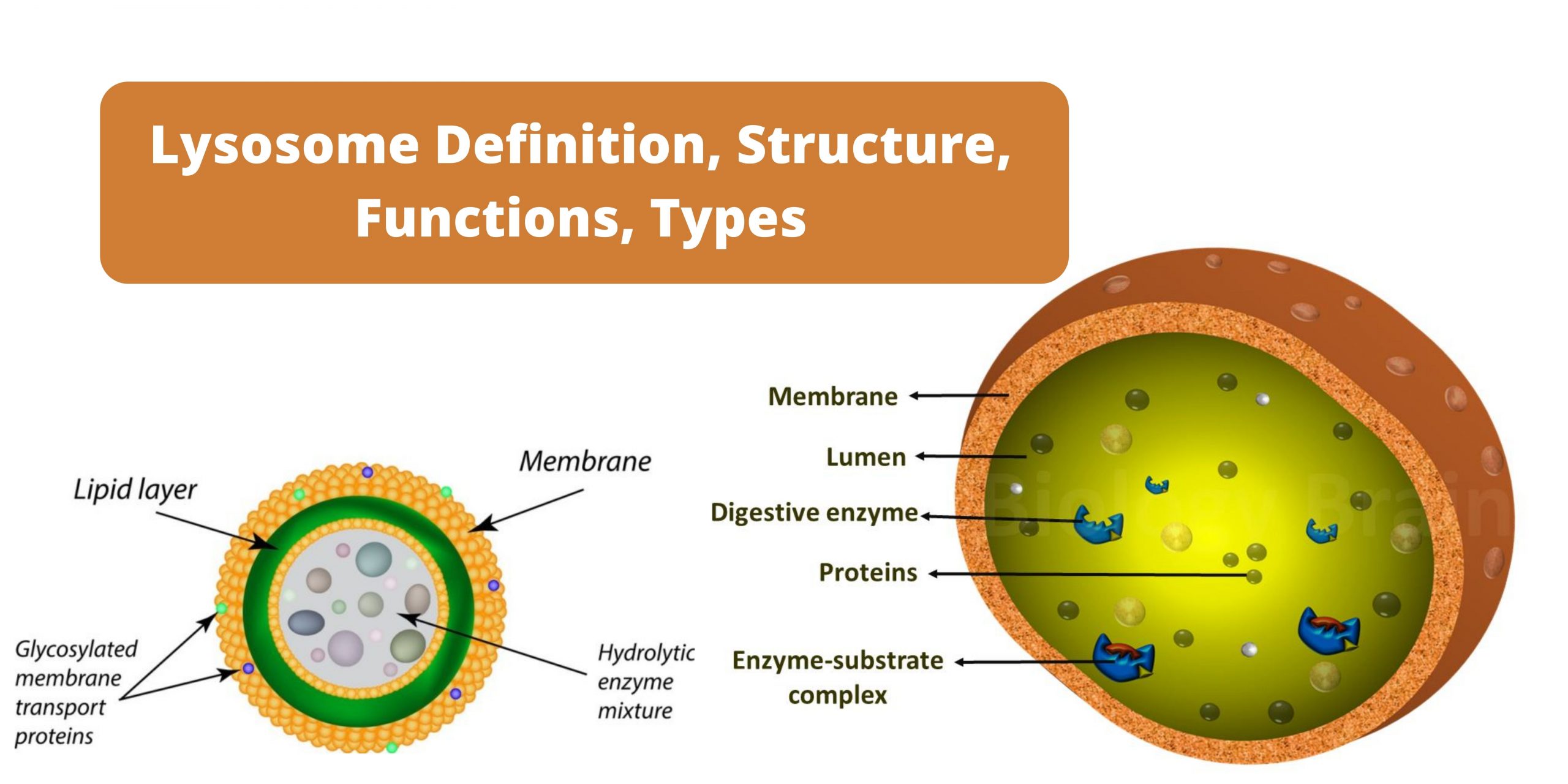
Lysosome Definition, Structure, Functions, Types
Fig 1 - Diagram of the endomembrane system Function The hydrolytic enzymes contained within the lysosome allow foreign particles to be destroyed. Lysosomes play an important role in phagocytosis. When macrophages phagocytose foreign particles, they contain them within a phagosome.
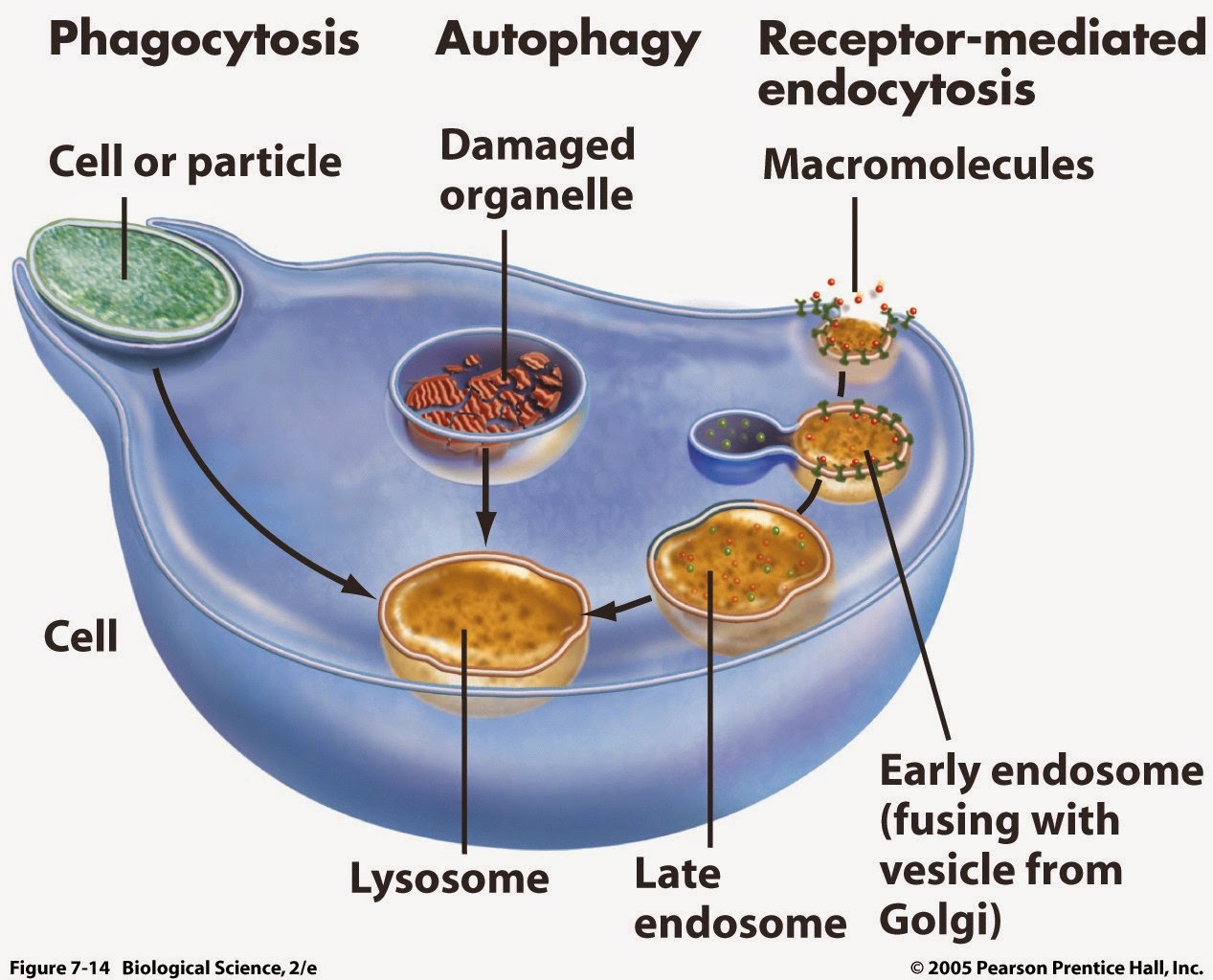
Marin Science Seminar All About Lysosomes
The diagram below shows the lysosome structure within a cell. Lysosome diagram showcasing enzyme complexes within the single-walled membrane The pH level of the lumen lies between 4.5 and 5.0, which makes it quite acidic. It is almost comparable to the function of acids found in the stomach.
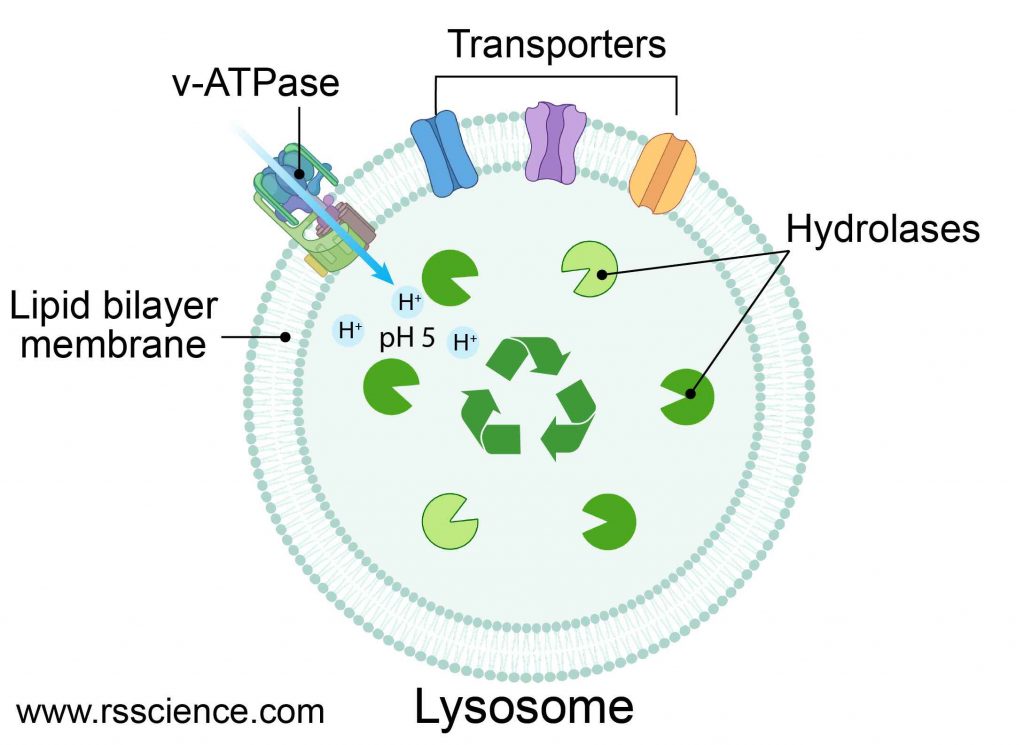
Lysosome the cell’s recycling center definition, structure, function, and biology
A quick overview The lysosomes are small organelles that work as the recycling center in the cells. They are membrane-bounded spheres full of digesting enzymes.

Lysosome In Plant Cell Description Raine AP Biology Chapter 6 / To the tasks
Lysosomal biology and function: modern view of cellular debris bin is a review article that summarizes the recent advances in understanding the roles of lysosomes in various cellular processes, such as metabolism, autophagy, immunity and aging. The article also discusses the implications of lysosomal dysfunction in human diseases and potential therapeutic strategies. The article provides a.
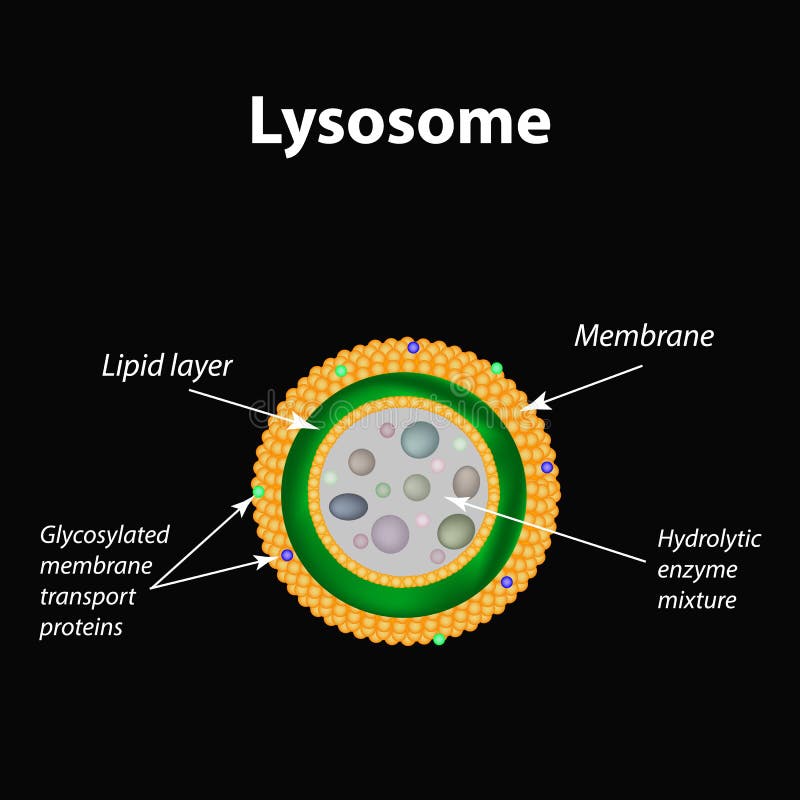
The Structure of Lysosomes. Infographics. Vector Illustration Stock Vector Illustration of
A lysosome is a membrane-bound cell organelle that contains digestive enzymes. Lysosomes are involved with various cell processes. They break down excess or worn-out cell parts. They may be used to destroy invading viruses and bacteria.